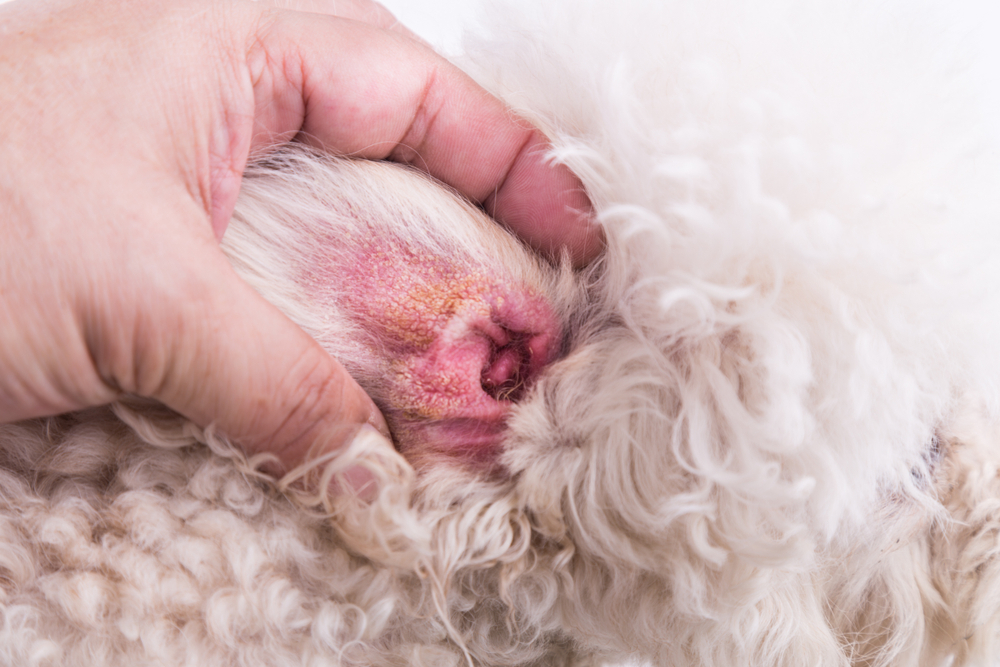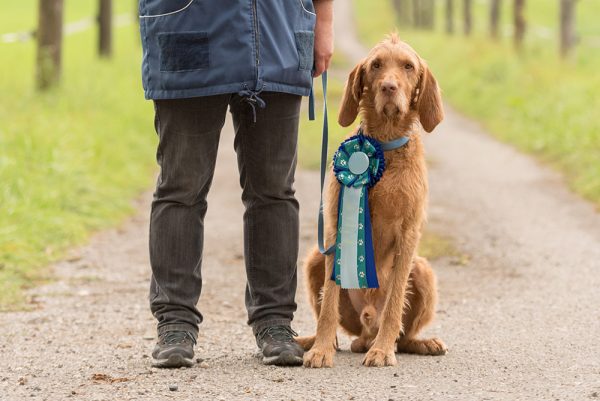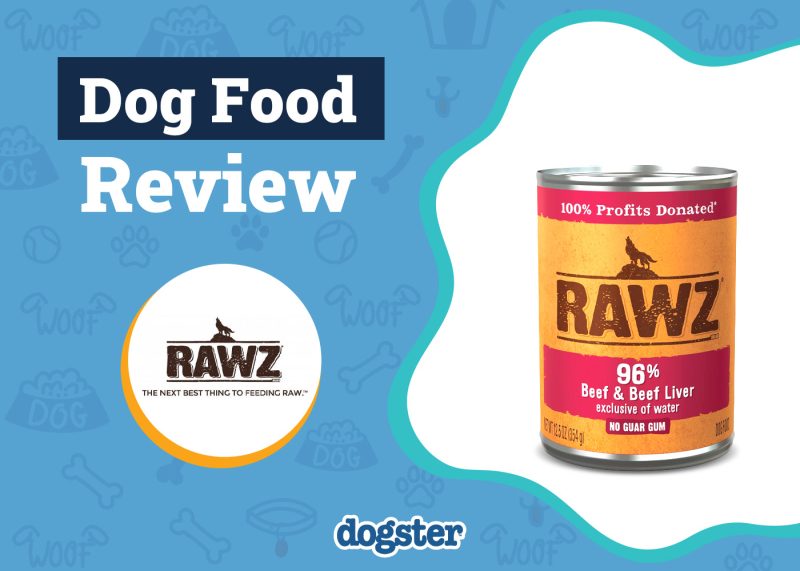Sometimes, an itch is just an itch, but if your dog’s ear scratching never seems to provide relief, something deeper may be at play, like ear mites. Dogs are no strangers to various infestations thanks to their hairy bodies and propensity for exploration. Like fleas and ticks, ear mites are one of many parasitic threats dogs face, and their abundance and highly contagious nature deserve attention.
Alongside the irritation, ear mites can cause infections and worsening conditions that put your dog’s hearing and long-term health at risk. If you suspect your pet is dealing with an infestation, we’ll explain what ear mites in dogs are and how to eliminate the issue.

What Are Ear Mites in Dogs?
Ear mites (Otodectes cynotis) are common parasites in cats, dogs, ferrets, rabbits, and wild animals, including foxes. The barely visible parasites look little more than white specks to the naked eye and generally inhabit the surfaces of the dog’s ear canal.
The larvae hatch from eggs in around 4 days and complete their life cycle in 3 weeks. Adult ear mites can live for roughly 2 months. During their short lifespans, they consume epithelial cells, wax, skin oils, and other debris, causing physical irritation. They may also pierce the ear lining to consume tissue fluids, but ear mites do not burrow under the skin.

What Are the Signs of Ear Mites?
Ear mites will infest one ear initially but can spread quickly to both ears due to their rapid reproduction. Infestations are commonly referred to as otodectic mange.
Otitis Externa (Ear Canal Inflammation)
Otitis externa, the inflammation of the external ear canal, often occurs, causing the ears to become swollen and red. Ear mites are responsible for up to 50% of otitis externa cases in dogs.

Excessive Scratching
Some dogs with ear mites may not show many visual indicators and have normal-looking ears. The most common sign of ear mites is itchiness, leading to excessive ear scratching and head shaking as the dog tries to find relief. If your dog has erect ears, they might start to droop.
Constant agitation from scratching and rubbing can cause hair loss and skin injuries, leaving your dog susceptible to aural hematomas and secondary bacterial or yeast infections. In rare cases, mites may eventually migrate outside the ear canal, causing dermatitis around the neck, back, feet, or tail.
Dark Waxy Discharge and Odor
Further signs of ear mites include a dark black, waxy discharge from increased cerumen production. The secretions are crumbly like coffee grounds and may accompany an off-putting odor.

What Are the Causes of Ear Mites?
Usually, dogs transmit ear mites to one another or acquire them from other susceptible animals, particularly cats. It occurs frequently among young puppies and kittens, with nursing puppies often contracting the mites from their mother. Some suggest dogs may acquire an immunity to ear mites as they mature, though adult dogs can still suffer from infestations.
As dogs move about and scratch to relieve the irritation, they can shed ear mites that can further spread. While they can live in the environment for short amounts of time, off-host mite survival is thought to be limited.
Seek veterinary advice if you’re concerned about your pet’s well-being.
Did you know you can speak to a veterinarian without having to travel? Just head over to PangoVet. It's an online service where you can talk to a vet online and get the advice you need for your pet — all at an affordable price!

How Do I Care for a Dog With Ear Mites
Once a vet diagnoses ear mites in your dog, they can administer treatment. Cleaning the ear first will break down and remove gunky buildup, debris, and many of the offending ear mites. Though not always necessary, cleaning exposes more of the ear surface to make treatments more effective while relieving irritation.
If you are looking for the perfect product to clean your dog's sensitive areas, Hepper's Wash Wipes are our recommendation, plus it's a great on-the-go option. These premium wipes are thick and durable enough for the toughest of paw messes, while still being soft enough to use on your dog's ears or eyes. Formulated with pet-friendly, hypoallergenic ingredients they are the ideal product for all dogs of all ages, skin conditions, or sensitivities.
At Dogster, we’ve admired Hepper for many years and decided to take a controlling ownership interest so that we could benefit from the outstanding designs of this cool pet company!
How Vets Check Dog Ears for Mites
Since ear mites can have signs similar to infections and other ear issues, verifying the condition with a vet is essential before attempting treatment. Checking for ear mites is relatively simple. Vets use an otoscope to check the ears or, for more accuracy, take swabs of both ears to examine under a microscope.
They’ll also perform cytology if they suspect an ear infection and check for related issues, such as a ruptured eardrum.

Treatment Options for Ear Mites
There are several safe and effective broad spectrum antiparasitics that can be used to treat ear mites in dogs, such as macrocyclic lactones and isoxazolines. Both topical and oral products are available and a vet will prescribe the right treatment option for your pet.
The vet may also prescribe an ear cleaner to use at home to remove excess wax and debris from your dog’s ears. If appropriate medicated ear drops may form part of the treatment, these can help with inflammation, pain and any secondary bacterial or yeast infections.
Consult the Vet Before Treating Your Dog’s Ear Mites
No treatment, OTC or prescription, should occur before a veterinarian’s consultation. After confirming an ear mite infestation, vets can provide the best plan to resolve the problem quickly without risking complications. Some treatments may not work based on your dog’s health history. Secondary issues, like ear infections or ruptured eardrums, will affect treatment options.
The vet will show you the ear-cleaning process and advise on a treatment regimen. Importantly, all susceptible animals in the home must also take appropriate remedies or preventatives to avoid spreading the ear mites to each other. You must complete the course of medication as prescribed by the vet to help prevent re-infestation.

Management After Treatment
You will likely have a follow-up exam with the vet about a month after administering treatments to see if the ear mite issue is resolved. Following treatment, you’ll need to monitor for at least 3 weeks to ensure that all adults and newly hatched mites are killed. Frequent ear cleanings and checks may be necessary, and any recurring signs of inflammation or infection should prompt a vet visit.
As mites can survive a short amount of time off-host, disinfecting grooming tools like brushes and combs will help prevent a re-infestation. If your dog uses a crate or carrier, you should clean it as well.

Frequently Asked Questions (FAQ)
How Can I Prevent Ear Mites in My Dog?
Given the effectiveness of common anti-parasite treatments, a routine of flea, tick, and heartworm preventatives can reduce the possibility of an ear mite infestation. Regular vet visits will help you identify any immediate issues and get suggestions for prevention focused on your pet’s particular needs. Otherwise, avoiding exposure to infested animals will help prevent your dog from getting ear mites.

Can Humans Get Ear Mites from Dogs?
Although there have been cases of ear mites infecting humans, it is rare. Signs of ear mites in the ear canal are similar to those in pets, including itchiness, swelling, redness, and dark brown discharge. Generally, humans experience reddened lesions wherever the infestation occurs on the body. Infected people can also experience tinnitus, which is a ringing or buzzing noise in the ear.

Conclusion
Ear mites are easy to treat and challenging to ignore. Nobody wants to see their dog struggle with persistent irritation, and the threat of deepening ear infections and more serious damage should inspire any owner to seek immediate help. Check your dog’s ears regularly as part of their grooming routine, and don’t hesitate to contact a vet at the first sign of an infestation.
See also:
- How Prone Are Golden Retrievers to Ear Infections? Vet Approved Facts & Tips
- Dry Skin on Dog Ears: Causes, Care Guide & FAQ (Vet Answer)
Featured Image Credit: Yekatseryna Netuk, Shutterstock





















